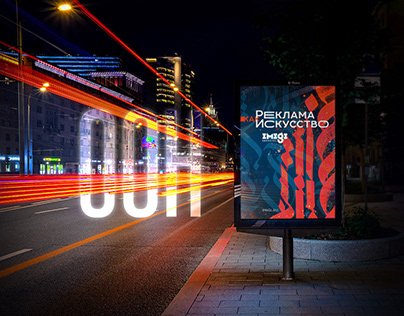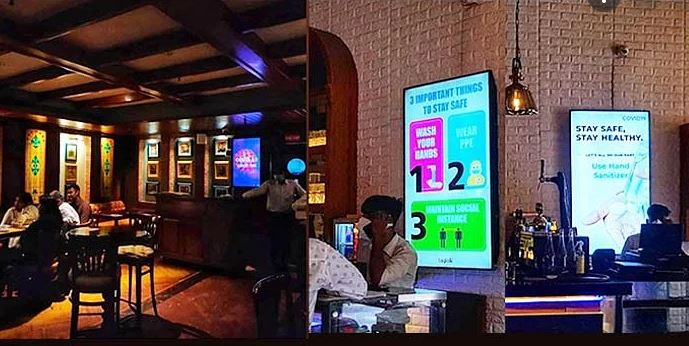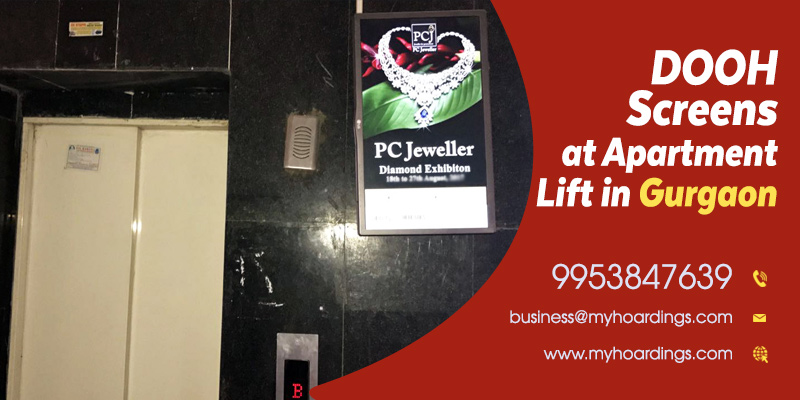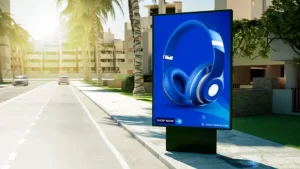The future is DOOH: The revival of the OOH industry
3 min read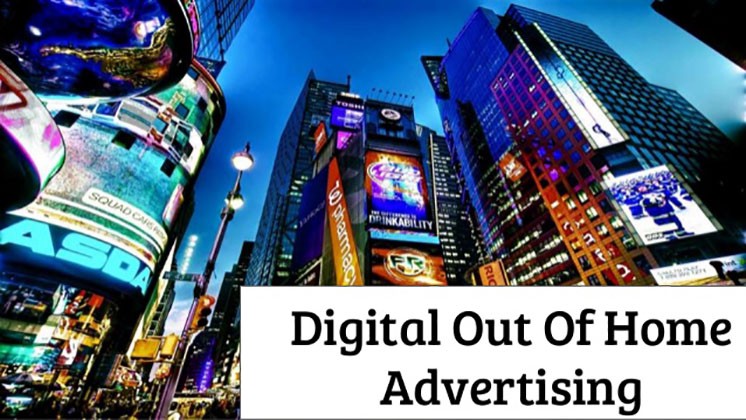
The global advertising market is undergoing a huge transformation. The most popular form of advertising in India, the OOH (Out-Of-Home) Advertising, is slowly being digitized. Like the popular trend of the country, the Indian advertising market is also being influenced by digitization. While digitization has instigated this renaissance of the OOH media, the COVID-19 pandemic also has a part in it.
In the digital advertising world, COVID-19 has accelerated the boom in DOOH (Digital Out-Of-Home) spaces. As per a report by the media investment and intelligence organization Magna in December 2020, DOOH is the latest shiz in the digital advertising space. The company expects the CAGR (Compound Annual Growth Rate) between 2022 and 2025 to be 14%. Thus, the numbers put DOOH far ahead of other digital media such as social media, web videos, mobile phones, etc. Similarly, these numbers also explain the decline in popularity of advertising media like radio, newspaper, TV, and magazines.
OOH vs. DOOH
In an increasingly uncertain world of COVID-19 spikes and lockdowns, marketers are shifting to media options that will let them adjust campaigns at once. Needless to say, with the traditional OOH media options, changing campaigns can take weeks, if not months. With DOOH, advertisers can switch campaign targets and brand goals in just a matter of seconds. Thus, DOOH gives marketers more freedom in their advertising campaigns.
Additionally, DOOH is based on the functionality of data. With data, targeting audiences and clocking brand impressions have become much easier. In contrast, OOH media involves laborious planning with booking several advertising spots and working with printing sizes. In addition, OOH also includes additional printing and mounting charges, taking permissions, and undirected advertising.
For a long time, OOH has been relying on estimated figures. For instance, average footfall counts are measured in major traffic signals or near malls to install an ad. However, with the emergence of data, the disadvantage of using approximate figures has come at the forefront. Therefore, with DOOH, marketers are now able to reach their audiences as per their needs appropriately. In short, the ads are reaching the very consumers that the marketers are paying for. As a result, data is now in vogue, and with DOOH, advertisers have now been able to overcome difficulties related to OOH.
The Future of DOOH
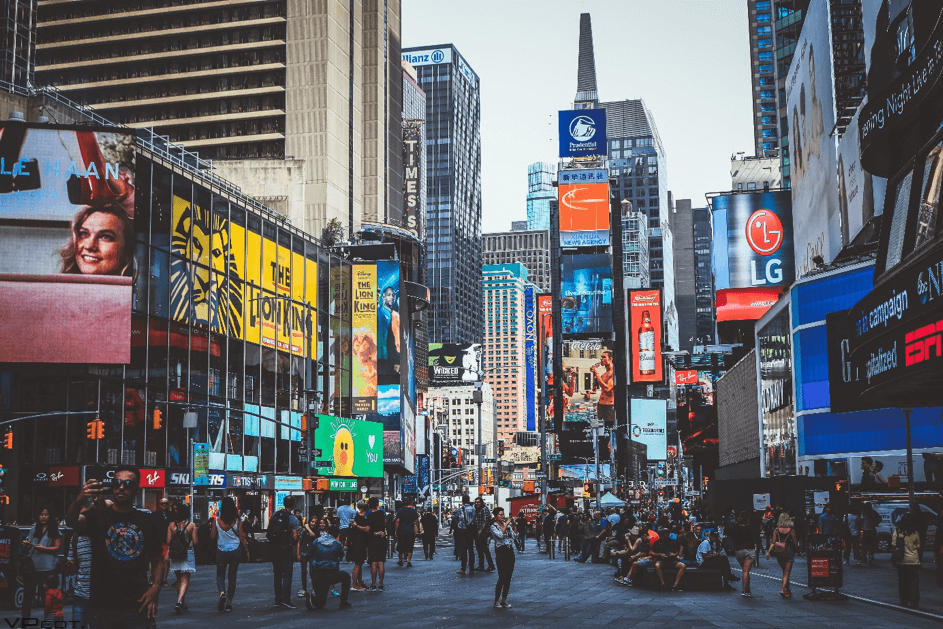
DOOH is climbing up the ladder as data metrics have shown its accuracy, efficiency, and automation. Besides, with new technologies, like Artificial Intelligence (AI), Machine Learning (ML), cloud systems, Big Data, etc., data evolves each day. So, with DOOH, you will only find yourself moving with the pace of technology and innovation. Therefore, efficiency and relevance will be your constant ally in your digital campaigns.
Furthermore, data comes with several tools that help the sales team perform better by planning more efficient campaigns. Strategists can now alter their brand dynamics, goals, and content based on new opportunities, threats, and events. These campaigns also benefit the consumers as they have a better ad viewing experience and see relevant ads.
The future of DOOH has the scope of greater integration with other media and channels. With data tracking and geo-targeting, the ad a consumer sees on a DOOH screen may follow them on their mobile phone or television. Thus, DOOH cuts out of the saturation in these competitive times to give better result-oriented and holistic marketing campaigns.
